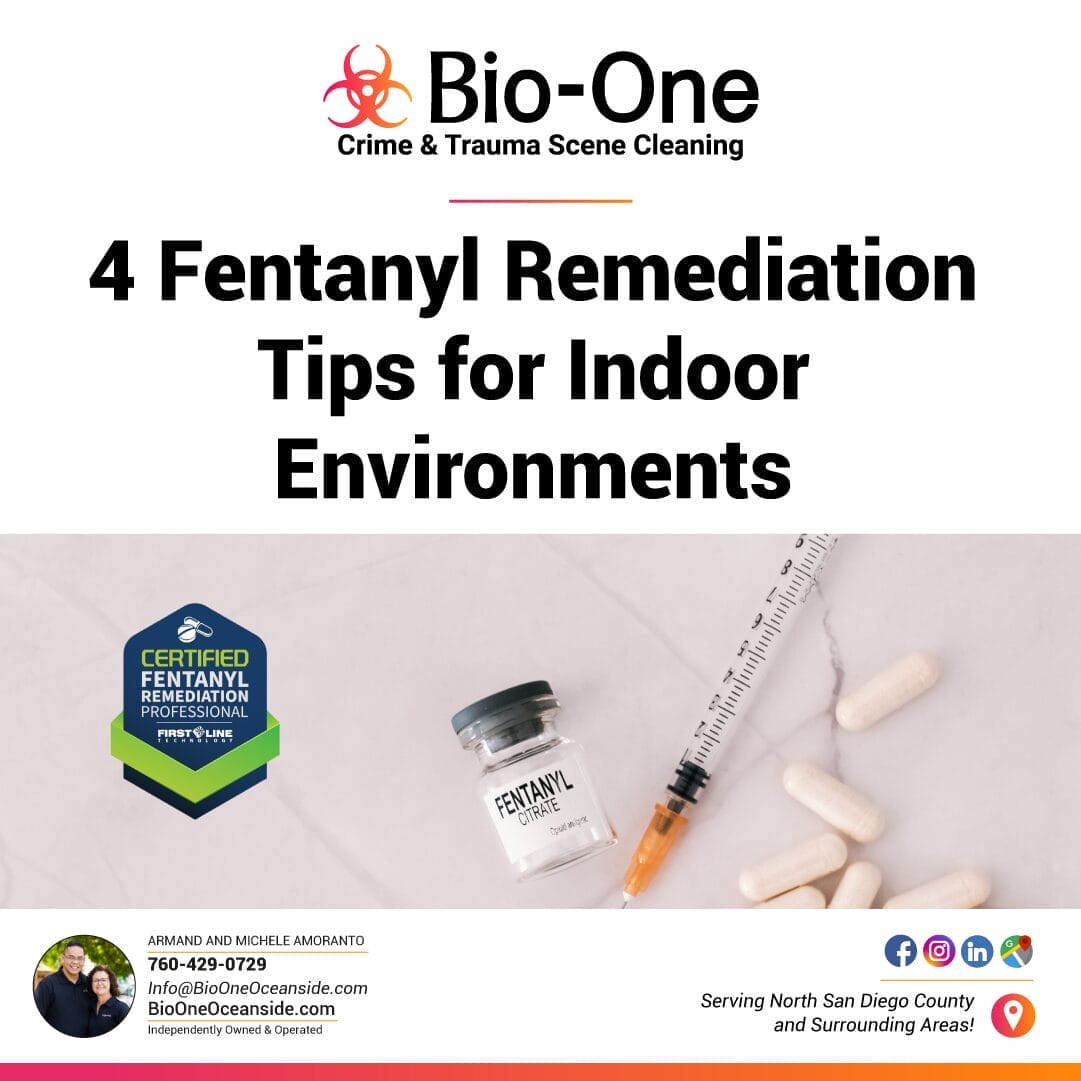
Fentanyl contamination has become a pressing concern across the United States, posing an unprecedented risk to public safety. This potent synthetic opioid is 50 times more powerful than heroin, and even the tiniest amounts of Fentanyl can lead to severe health consequences. Exposure to Fentanyl can occur through inhalation, ingestion, or skin contact, making it crucial to understand how to remediate indoor environments contaminated by it. Here are four tips to help you effectively address Fentanyl remediation in your home or business.
The most important rule when dealing with a Fentanyl contaminated space is to avoid direct contact. This includes not touching the area directly, and staying away from any items that have been affected, such as furniture or clothing. Touching an area contaminated with even trace amounts of Fentanyl can lead to serious health risks, so it's best to leave it alone and seek professional help.
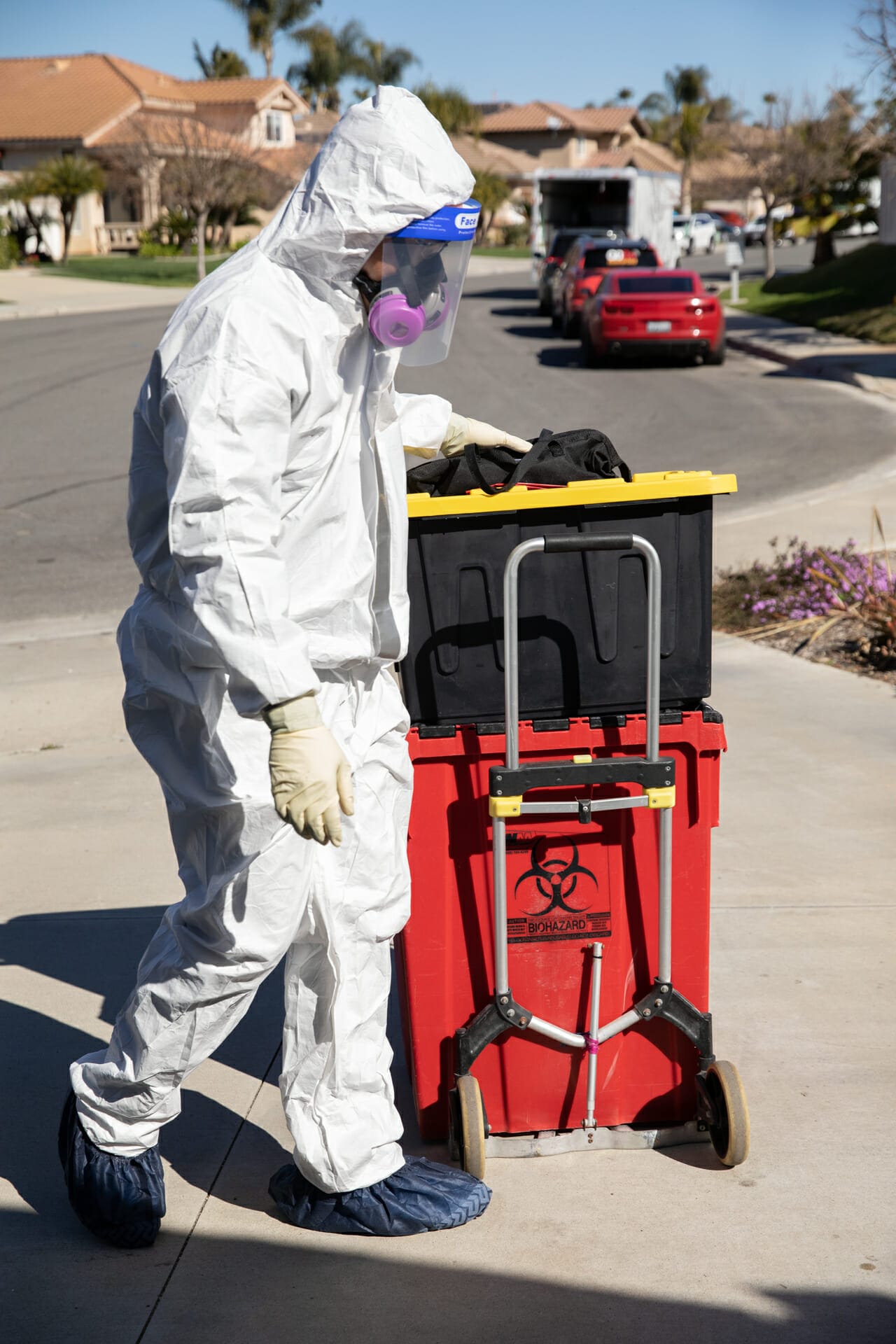
A thorough inspection of your indoor environment is necessary to determine the extent and location of the Fentanyl contamination. Afterward, it is essential to isolate the affected areas to prevent the spread of contamination to other parts of your home or business. Post warning signs to alert people to the potential hazards to ensure that everyone in the building knows to stay away from these areas.
Must read: How can you help someone having a Fentanyl overdose?
Your local law enforcement team can provide guidance on how to proceed with remediation and cleaning processes.
Due to the complexities associated with Fentanyl remediation, it is highly recommended to seek the help of a certified professional remediation company for clean-up and disposal. At Bio-One, we follow all safety guidelines and techniques to ensure that your space is safe to inhabit again.
Here are some reasons why Fentanyl has become such a big concern:

Fentanyl contamination is a serious and hazardous situation that requires thorough remediation by experienced professionals like Bio-One. Remember to seek professional help, identify and isolate contaminated areas, and let us dispose of contaminated materials safely. Following these tips will help keep your home or business safe and protected from the risks of Fentanyl exposure. Contact us today at Bio-One to learn more about how we can assist you or a loved one.
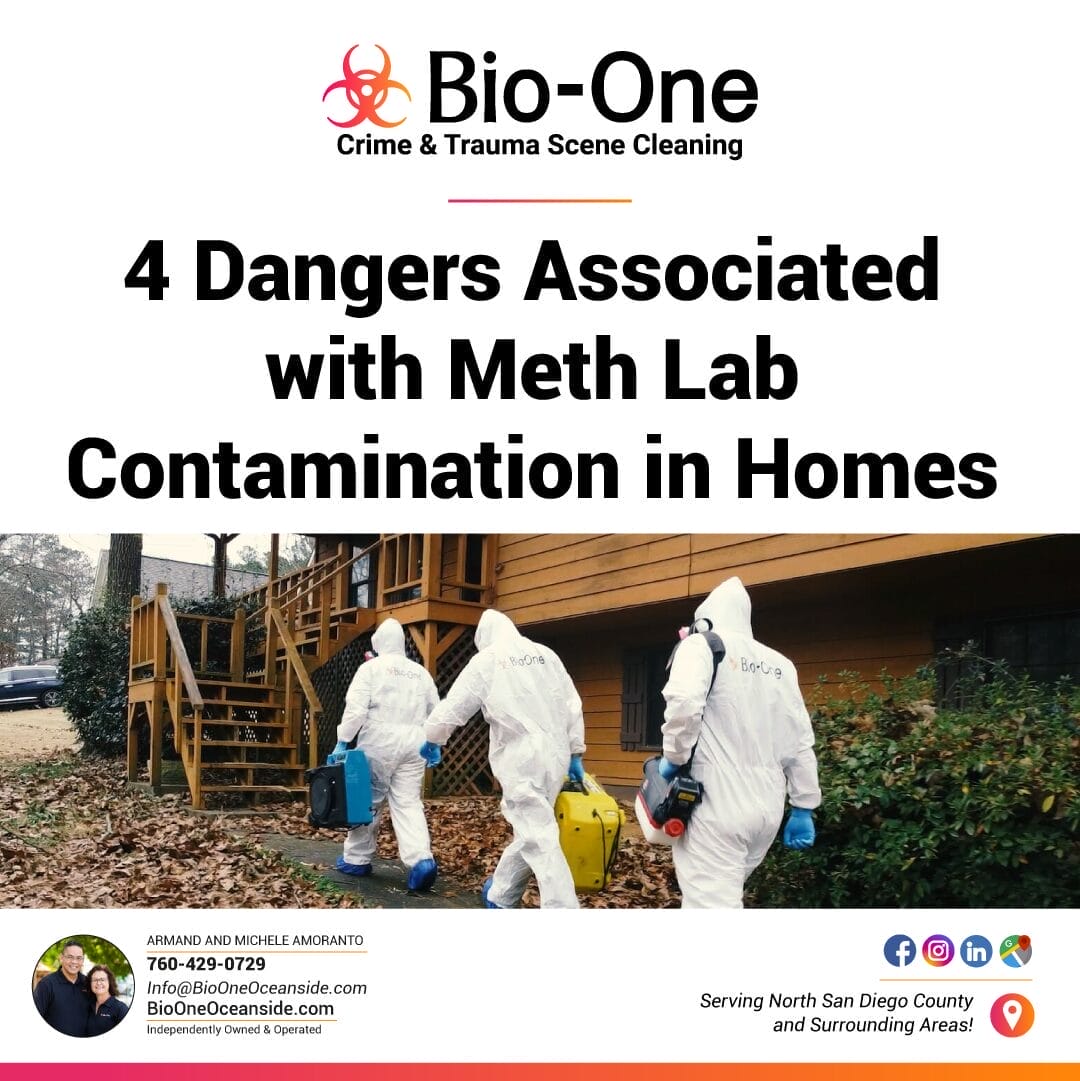
The discovery of a former methamphetamine (meth) lab in a home can shock the senses on many levels. It's not just a matter of secret drug activities being carried out in an unlikely place; it's a latent danger with profound consequences, affecting health, finances, and the very structure of the premises where it occurred. Let's shed some light on the darkness of meth lab contamination and its far-reaching dangers, and how our remediation technicians at Bio-One of Oceanside are prepared to tackle these events with expert timing.
Methamphetamine production is not only illegal but exceedingly hazardous, especially when carried out in residential environments. The chemicals used in manufacturing are dangerous to the health and environment, and the residues left behind in the home can have long-lasting consequences. For homeowners, real estate professionals, and anyone involved in property management, understanding the dangers of meth lab remediation is crucial.
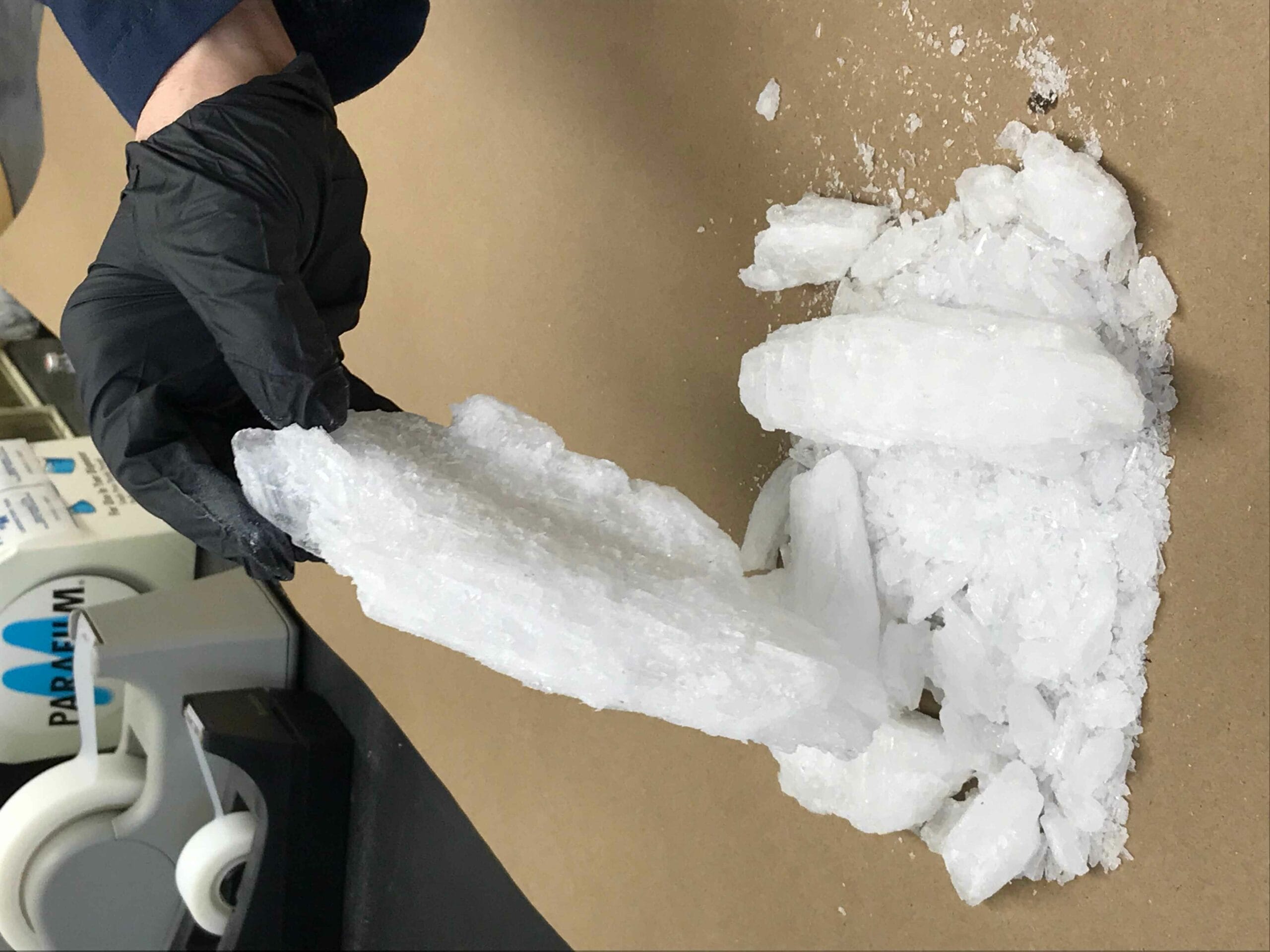
Unlike other forms of environmental contamination, meth lab residue isn't visible, and it requires specialized testing. This invisibility, combined with the severity of the associated dangers, makes it a particularly insidious threat in homes.
The most immediate and potent threat of meth lab contamination is to public health. Exposure to the residue of meth lab chemicals through ingestion, inhalation, or skin absorption can lead to severe health issues. Meth labs contaminate homes with a potent cocktail of toxic compounds, including anhydrous ammonia, lithium, and hydrochloric acid. These substances can cause symptoms from nausea and headaches to respiratory problems and organ damage.
Related news: Methamphetamine contaminated homes - a health risk?
Prolonged exposure to meth lab contaminants is linked to more severe health conditions, including cancer. The vulnerability is especially high for children, whose small bodies can't neutralize or expel these toxins as effectively as adults can.
Not only does meth lab production endanger the health of inhabitants, but it also threatens the very structure of the property.
Meth labs often feature the use of corrosive and volatile products that can cause gradual damage to a home's infrastructure: leaks, mold growth, and weakened building materials over time.
Meth lab operations are inherently dangerous. The mixing and heating of volatile chemicals pose significant fire and explosion risks, which can result in catastrophic damage to the property and pose grave dangers to those in or near the home.
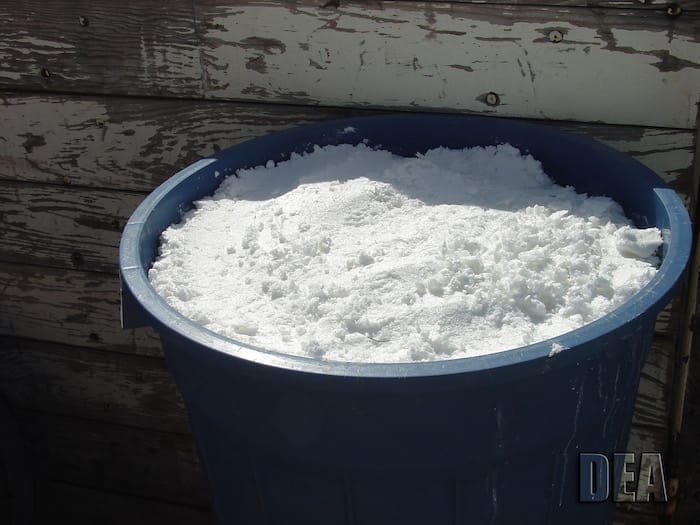
The impact of meth lab contamination extends beyond the confines of the home, creating environmental hazards that can last for years.
Meth labs not only contaminate the interior surfaces of a home but can also impact the surrounding soil, water, and air, leading to broader pollution. These chemicals seep into soil, pollute groundwater, and release toxins into the atmosphere.

The release of meth lab residues can significantly affect local ecosystems and wildlife. These chemicals can kill off plants, contaminate food sources, and cause harm to animals, creating a ripple effect throughout the environment.
Discovering a meth lab on a property can be a nightmare for homeowners and real estate professionals from a financial and legal standpoint.

The legal ramifications of meth lab contamination vary by state and jurisdiction. Homeowners can face fines, and liability for failing to disclose such contamination can lead to costly litigation.
Related: Meth Contaminated Property - County of San Diego
Removing and remediating a meth lab can be an expensive and time-consuming process. Depending on the extent of contamination, costs can range from tens of thousands to hundreds of thousands of dollars. Did you know that Bio-One works with all major insurance carriers? We offer a wide variety of options in the event of a meth lab remediation service! Learn more about our pricing and financing options!
Awareness alone isn't enough; proactive measures must be taken when it comes to meth lab remediation. If you suspect meth lab or drug contamination in a property, contact a professional biohazard cleanup service. At Bio-One of Oceanside, we specialize not only in meth lab but also in fentanyl remediation. The stakes are too high to take a chance, and the well-being of your community depends on the diligence with which we address this issue!

Animal hoarding is more complex than a regular cluttered scenario, as it can affect not only the mental health of the individual but also the well-being of animals. Unfortunately, animal hoarders often struggle to recognize their behavior as harmful, and may not seek help until they have reached a crisis point. That’s where our team of technicians can intervene. In this blog post, we’ll be discussing the four signs of animal hoarding and how our technicians can assist with animal hoarding cleanup.
One of the most common signs of animal hoarding is overcrowding. Hoarders typically have more animals than they can properly care for, leading to poor nutrition, and a lack of medical care. Overcrowding in animal hoarding often results in unsanitary living conditions. The accumulation of animal waste can significantly increase the risk of disease transmission among the animals and the hoarder.
In addition, these conditions can also result in odor problems, attracting insects and vermin, further complicating the situation. Our technicians can assist by removing any traces of waste and hazardous materials from the property and providing the necessary care and supplies.

In animal hoarding situations, the animals may be malnourished and uncared for. The hoarder may not even be aware that this is happening. Our technicians can provide assistance by working with animal welfare organizations, and government entities to remove all the animals from the home while offering the hoarder the necessary help to overcome their reality.
A strong odor of ammonia or feces can indicate a hoarding situation. The odor may be so strong that it is dangerous to breathe, and can leave permanent damage to the property!
Animal hoarders may struggle with depression, anxiety, or other mental health issues. It is also possible that they may be facing the consequences of a traumatic event. Our technicians can help by providing referrals to mental health professionals and providing support for the individual and everyone involved in these emotionally taxing situations.

Hoarders often deny that their behavior is a problem or that they are neglecting their animals. This denial may be so strong that they will not seek assistance until it’s too late. The consequences can be fatal, not only for the victim but for the animals as well. Our technicians can assist by helping the hoarders recognize their behavior and identify potential solutions, like counseling or animal fostering solutions.
Hoarders may exhibit a range of behaviors related to the hoarding of animals. They may be overly attached to the animals, possessive, or obsessively collect items related to their pets. These behaviors can lead to social isolation and make it difficult to seek help. Our technicians can assist by providing compassionate and understanding support and helping the individual receive professional support.
Dealing with animal hoarding can be an overwhelming and stressful experience, but with the help of our experienced technicians, it's possible to navigate the situation and get the care and support necessary for both the animals and the hoarders. By recognizing the signs of animal hoarding, we can intervene early and prevent the situation from escalating.
If you or someone you know is struggling with animal hoarding, please don't hesitate to reach out to us for assistance and guidance. Remember, there is hope and help available for those who need it!
